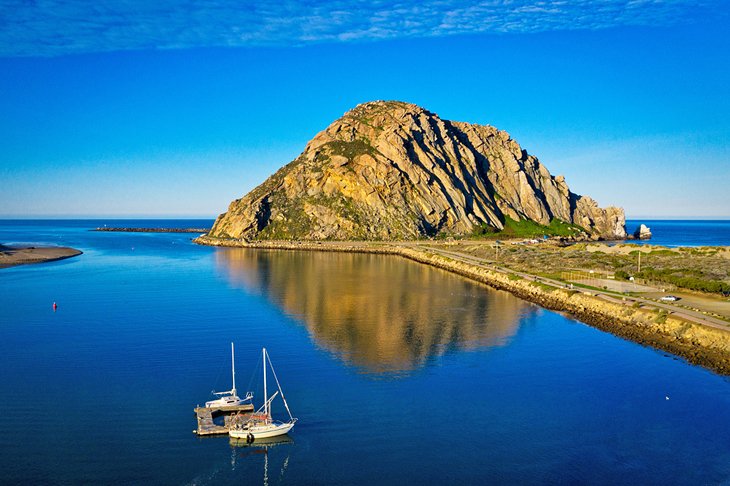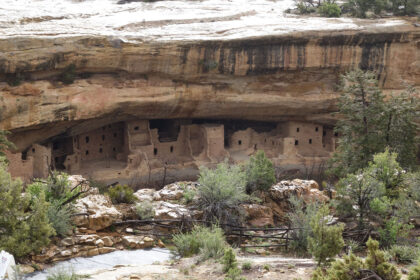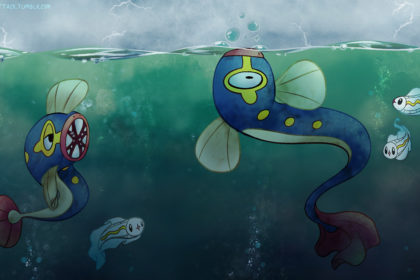Morro Bay (Morro, Spanish for “Hill”) is a seaside city in San Luis Obispo County, California located along California State Route 1 on California’s Central Coast. Take a look below for 15 amazing and obscure facts about Morro Bay, California, United States.
1. As of the 2020 census, the city population was 10,757, up from 10,234 at the 2010 census.
2. The prehistory of Morro Bay relates to Chumash settlement, particularly near the mouth of Morro Creek. At least as early as the Millingstone Horizon thousands of years before present, there was an extensive settlement along the banks and terraces above Morro Creek.
3. A tribal site on present-day Morro Bay was named tsɨtqawɨ, Obispeño for “Place of the Dogs”.
4. The first European land exploration of Alta California, the Spanish Portola expedition, came down Los Osos Valley and camped near today’s Morro Bay on September 8, 1769. Franciscan missionary and expedition member Juan Crespi noted in his diary that “we saw a great rock in the form of a round morro”.
5. Morro Rock later gave its name to the town. The descriptive term morro is common to the Spanish, Portuguese, and Italian languages, and the word is part of many place names where there is a distinctive and prominent hill-shaped rock formation. Note that the similar Spanish descriptive word moro indicates a bluish color rather than a shape.
6. The first recorded Filipinos to visit America arrived at Morro Bay on October 18, 1587, from the Spanish galleon Nuestra Señora de la Esperanza; one of whom was killed by local Native Americans while scouting ahead.
7. While governed by Mexico, large land grants split the surrounding area into cattle and dairy ranchos. These ranchos needed shipping to bring in dry goods and to carry their crops, animals, and other farm products to cities.
8. The town of Morro Bay was founded by Franklin Riley in 1870 as a port for the export of dairy and ranch products. He was instrumental in the building of a wharf which has now become the Embarcadero. During the 1870s, schooners could often be seen at the Embarcadero picking up wool, potatoes, barley, and dairy products.
9. A subspecies of butterfly, the “Morro Bay Blue” or ” Morro Blue” (Icaricia icarioides moroensis) was first found at Morro beach, by the entomologist Robert F. Sternitzky, in June 1929.
10. During World War II, there was a U.S. Navy base, Amphibious Training Base Morro Bay on the north side of Morro Rock where sailors were trained to operate LCVPs. The breakwater on the southwest side of the Rock was built in 1944–45 to protect the LCVPs entering and leaving the harbor. Soldiers from Camp San Luis Obispo would come to Morro Bay and practice loading into the LCVPs. Many of those men were at Normandy on D-Day.
11. In the 1940s, Morro Bay developed an abalone fishing industry; it peaked in 1957, and stocks of abalone have declined significantly due to overfishing. Halibut, sole, rockfish, albacore, and many other species are still caught by both commercial and sport vessels. In addition, oysters are aquacultured in the shallow back bay.
12. Morro Bay served as the primary setting for Pixar’s 2016 film Finding Dory, in which it was revealed that Dory’s childhood home was the fictional Marine Life Institute, known as “The Jewel of Morro Bay, California”.
13. Murder by Numbers was filmed on the Morro Bay Embarcadero, as well as in Los Osos and San Luis Obispo.
14. The track scenes in Personal Best (film) were filmed at Morro Bay High School, with other filming throughout San Luis Obispo County.
15. Morro Bay is an album by indie pop band Brazzaville, released in 2013. It also included a self-titled song.




